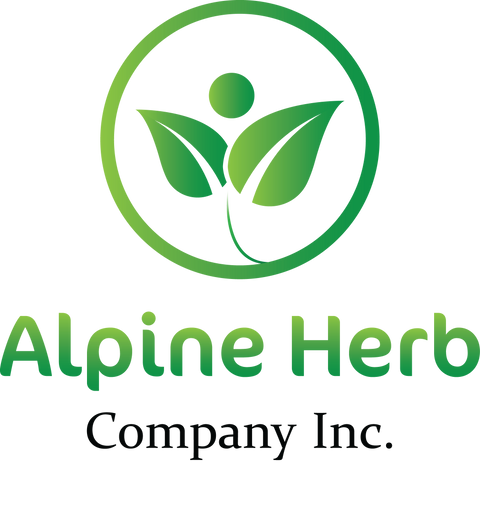Echinacea Angustifolia Root Cut
Botanical Name: Echinacea angustifolia
Common Name:
- English: Echinacea angustifolia
- Also, known as: Purple Coneflower, Black Sampson, Rudbeckia,
- Cock Up Hat, Comb Flower, Indian comb, Indian Head, Kansas Snakeroot, Kansas Coneflower, Red Sunflower, Scurvy root, Snakeroot,
Habitat: USA and Canada
Origin: USA
Harvested: Cultivated
Part used: Root
General Information:
The Echinacea is a group of plant species that belongs to the same family as dandelion, sunflower, and daisy. These flowering shrubs are best known as ornamental plants in gardens. Also, they are widely recognized as medicinal herbs in alternative medicine. One of the most popular herbs in the United States marketplace is the native American medicinal plant Echinacea.
The term refers to several plants in the genus Echinacea, derived from the above-ground parts and roots of Echinacea Angustifolia (Narrow-leafed Purple Coneflower), Echinacea Pallida (Pale Purple Coneflower), and Echinacea Purpurea (Purple Coneflower).
Echinacea Angustifolia is an herbaceous perennial plant that grows up to a height of twelve to twenty-eight inches. Linear lanceolate leaves are thick, rough, hairy, broadly landscaped, 2 to 8-inch-long, narrowed at the end and strongly three nerved, its flowers are like cone-shaped disks that are pink and purple in color. The plant usually has one or more stems. The taproot that produces seeds is harvested three to four times a year. 2 to 4 feet tall, with single, stout, bristly, hairy stems. The stems and leaves are moderate to densely hairy. The plant produces flower heads one per side branch, each at the end of a long peduncle. Each head contains 8-21 pink or purple ray florets plus 200-300 purple disc florets.
Almost all its parts are of medicinal value. But most importantly, it is the root of the Echinacea Angustifolia that has most of the beneficial medicinal properties. It can be easily found in the Rocky Mountains of North America and the midwestern states.
The various Echinacea species contain numerous chemical constituents. There is still no consensus on exactly which of these is the most active immunomodulator. Some experts believe that the Echinacea augustifolia is the best, and others say Echinacea purpurea is the best. Echinacea pallida seems to be caught somewhere in the middle.
How to use:
Hot Infusion:
The basic method for dried herbs and flower is, take 2-3 tablespoons of dried herb in a cup or teapot. Pour hot water over it and cover it with lid for 10-30 minutes. Hot water is needed to draw out the antioxidants, enzymes, vitamins, flavonoids, and volatile oils from the botanicals. Strain and squeeze out as much as liquid as possible and enjoy!
Tips:
- You can sweeten your herbal tea with a bit of honey, natural fruit juice, stevia leaves powder and or licorice root powder.
- You can make ice cubes or pops by freezing tea in ice trays or pop molds.
Precautions:
You should consult with a qualified healthcare practitioner before using any herbal products, particularly if you are pregnant, nursing, or on any medications.
All information on this website is for educational purpose ONLY
This information has not been evaluated by Health Canada.
This information is not intended to diagnose, treat, cure, or prevent any disease.


